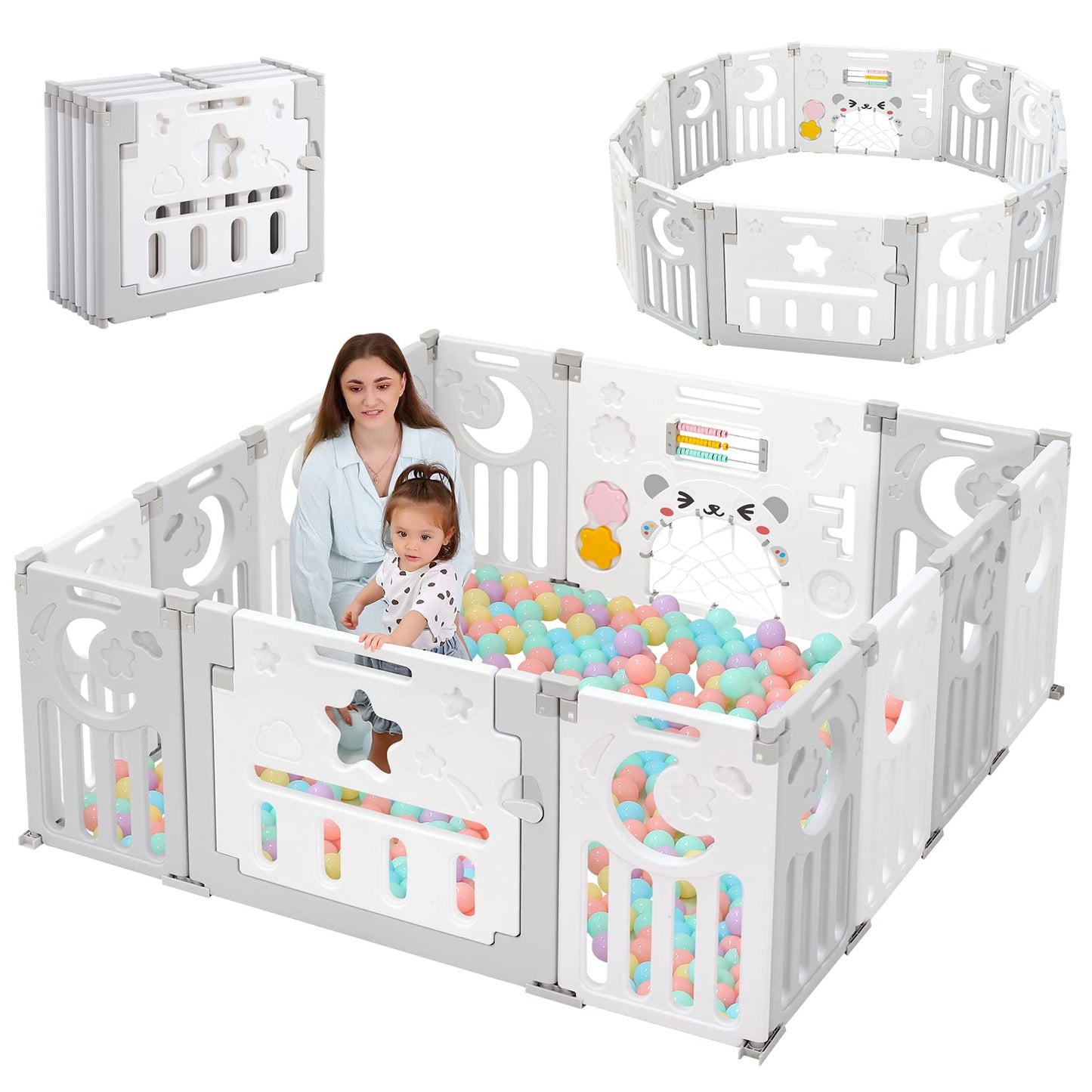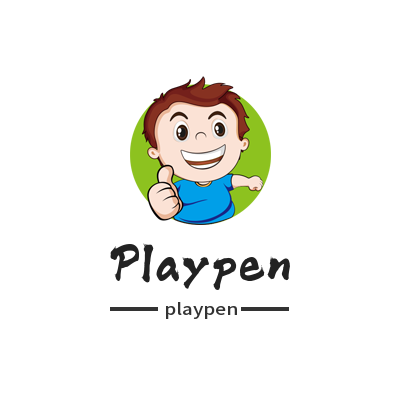When talking about playpens, here are some interesting facts that might be called "trivia":
The Origin of Baby Playpens: The history of baby playpens can be traced back to the late 19th century. The earliest playpen was proposed by American pediatrician Benjamin Spock to help parents create a safe space for babies at home.
Material Selection: Commonly used materials for playpens include wood, metal, and plastic. Timber fences are commonly found in domestic settings, while metal and plastic fences are more commonly found in public spaces or baby play areas.
Safety standards: Baby playpens are usually manufactured and sold in compliance with specific safety standards, such as the American ASTM F1004 standard. These standards address aspects such as fence height, gap size, stability and material safety.
Adjustability: Many playpens feature adjustable designs to fit different spaces and needs. This allows parents to adjust the shape and size of the playpen to suit room size and layout.
Multi-Function Playpens: In addition to providing a safe space for baby to move around, some playpens have additional functions. For example, some playpens are equipped with toy activity boards that provide opportunities for fun and learning.
Mobility: Many playpens are removable and foldable, making them easy to carry and store. This allows parents to take the playpen to different locations when needed, such as traveling or visiting family.

These are some interesting trivia related to playpens. Knowing this can help you better understand the history, functionality, and safety standards of playpens.
How does the adjustability of a playpen help parents adapt to different spaces and needs?
The adjustability of a playpen allows parents to adapt the shape and size of the playpen to suit different spaces and needs. Here are a few aspects of playpen adjustability:
Length and Width: Many playpens can be adjusted in length and width as needed. They usually consist of multiple fence panels, and the number of panels can be increased or decreased to accommodate different space sizes. This allows parents to adjust the length and width of the fence according to the room's layout and needs.
Shape: Some playpens have adjustable links or joints that allow them to be connected at different angles, creating different shapes. For example, you can connect the fences in straight lines, L-shapes, U-shapes, or square shapes to fit different room layouts or create a specific activity area.
Height: Playpens often have adjustable height options. This is important for babies and toddlers of different ages, as they may have different heights and abilities. By adjusting the height of the fence, parents can ensure that the fence is still adequately protective for toddlers or toddlers who are already able to crawl.
With these adjustable features, the playpen can adapt to different room sizes and shapes, as well as the needs of babies of different ages. This allows parents to flexibly use and arrange the fence according to actual conditions to create a safe space for baby activities.

